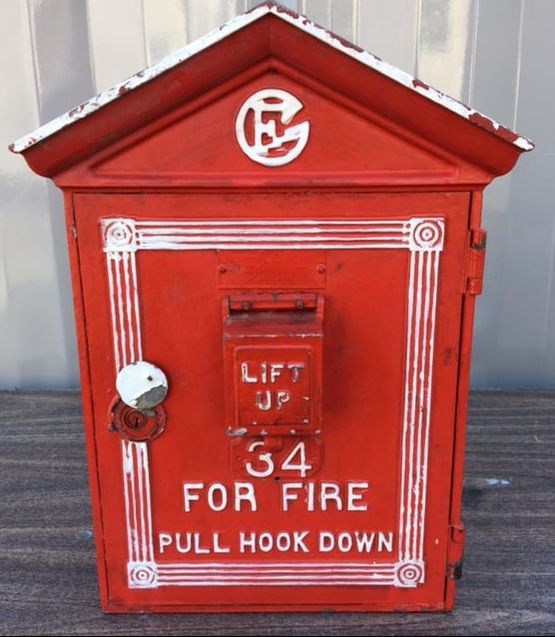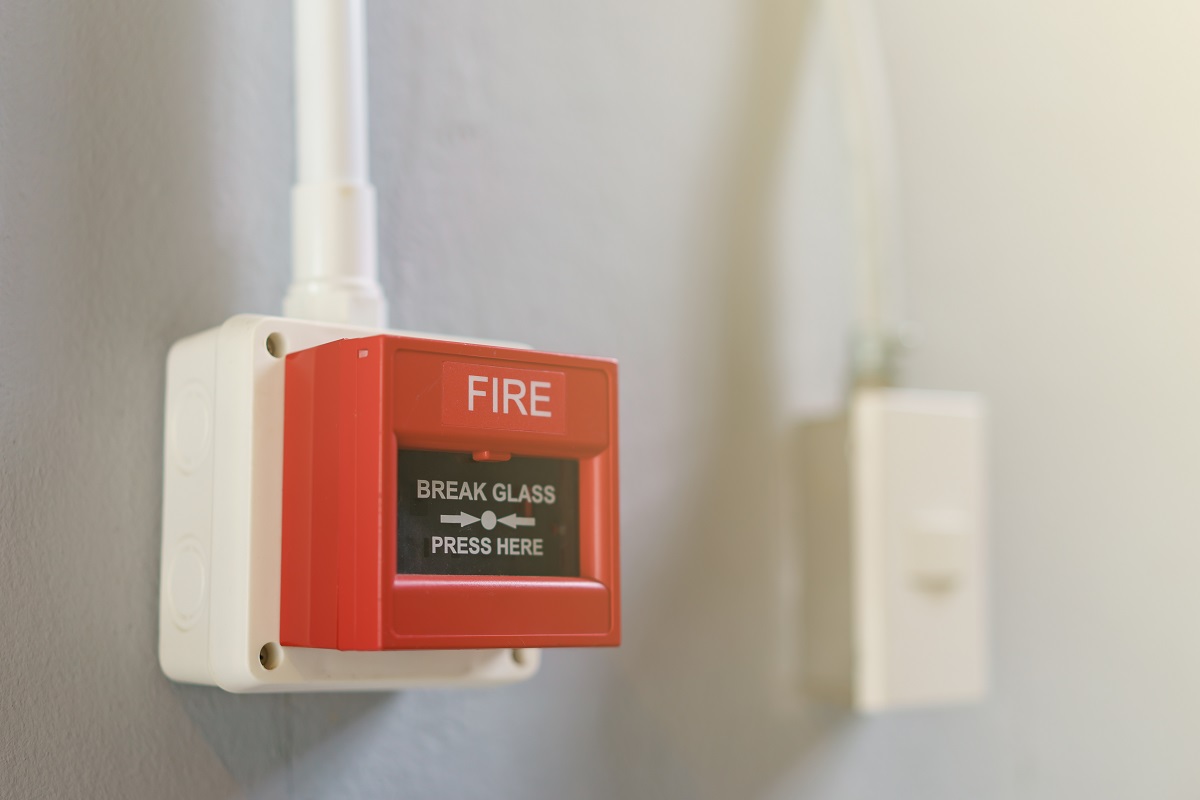

To download our free Be REDY Booklet for Teachers, click here.

To download our free Be REDY Booklet for First Responders, click here. To download our free Be REDy Booklet for Caregivers, click here.

Recipients must agree to terms and conditions. Please allow up to three weeks for your Big Red Safety Box request to be processed and delivered to you. Limit one (1) box per family – previous recipients are not eligible. Those diagnosed with an Autism Spectrum Disorder, and who are at risk of wandering/bolting from a safe environment, qualify to receive a Big Red Safety Box while supplies allow. For more information and ways to prevent wandering-related incidents, please visit Regardless of any tools caregivers may have in place, if a loved one’s medical condition interferes with their ability to recognize danger or stay safe, it is critical that caregivers maintain close supervision and security in all settings. *You will receive instructions in your Big Red Safety Box to submit a custom personalization order for your RoadID bracelet or shoe ID tase at /naa. Your ID will be quickly engraved and mailed to you at no charge. NAA’s Big Red Safety Box includes the following resources:ġ) Our Be REDy Booklet containing the following educational materials and tools:Ģ) Two (2) GE Wireless Door/Window Alarms with batteriesģ) One (1) RoadID Bracelet or Shoe ID tag*Ĥ) Four (4) Adhesive Stop Sign Visual Prompts for doors and windowsĥ) One (1) Safety Alert Window Cling for car or home windowsĦ) One (1) Child ID Kit from the National Center for Missing and Exploited Children The Big Red Safety Box is a free-of-charge toolkit given to autism families in need as a means to educate, raise awareness and provide simple tools that may assist them in preventing, and responding to, wandering-related emergencies. As such, the National Autism Association provides direct assistance to caregivers, educators and first responders. Drowning fatalities following wandering incidents remain a leading cause of death among those with ASD. Wandering, elopement, “running” or fleeing behaviors among those within our community not only present unique safety risks, but also create extraordinary worry and stress among caregivers. The National Autism Association is committed to those with an Autism Spectrum Disorder (ASD) who may be prone to wandering off or eloping from a safe environment, and may be unable to recognize danger and/or stay safe.


 0 kommentar(er)
0 kommentar(er)
